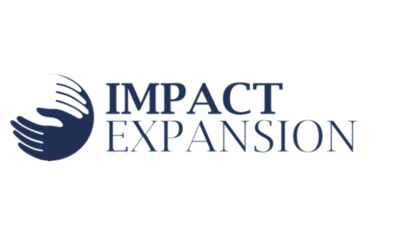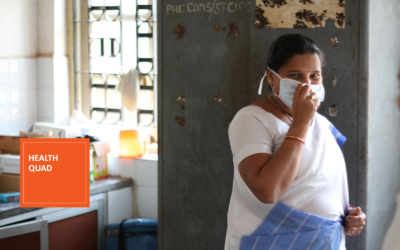Menstruation is an important part of any woman’s life, yet it remains a strong taboo in many countries. Because of this, many girls and women have a very poor knowledge of the topic. In fact, they sometimes discovering its existence only when it first occurs. This can lead to unhygienic and unhealthy practices. In addition to this lack of awareness, sanitary infrastructures are not always available and products not readily accessible or affordable. In the end, poor menstrual hygiene management creates hurdles for girls and women to confidently manage their menstruation.
Supporting communities through a holistic approach (awareness raising, access to sanitary products and to MHM-friendly latrines) can have a significant impact. Not only on education and health, but also on early pregnancy, AIDS transmission and gender equality.
Since 2019, KOIS has been working with , the French Agency for Development (Agence Française de Développement, AFD) and the French Ministry of Foreign Affairs on a Development Impact Bond to promote healthy Menstrual Hygiene Management (MHM) practices. In this scope, our team embarked on field visits in Niger and Ethiopia early 2020. The objective was to meet relevant players such as NGOs, UN agencies, government institutions and other development actors. The team then hopes to refine the scope of the interventions and align all stakeholders around a common goal. Our team also visited ongoing MHM projects and met with beneficiaries to gain direct understanding of field reality. We present here the key learnings and insights of these field visits.
Lesson #1: there are high menstrual hygiene management needs in both rural and urban settings
Prior research suggested that MHM needs might be lower in the capitals than in the rest of the country. However, the field revealed substantial needs across the board. In Niger for instance, even urban schools located 10 minutes away from the country’s capital, Niamey, lacked basic sanitary infrastructures. The first school we visited had 3 toilets for 780 children, of which two were out of use. The remaining one was so poorly maintained that the children didn’t use it. In Ethiopia, we witnessed the same pattern. The state of school toilets was dire, even in the urban areas of Adama and Bahir Dar. Many were out of use, lacked a door, or were insufficiently cleaned and maintained.
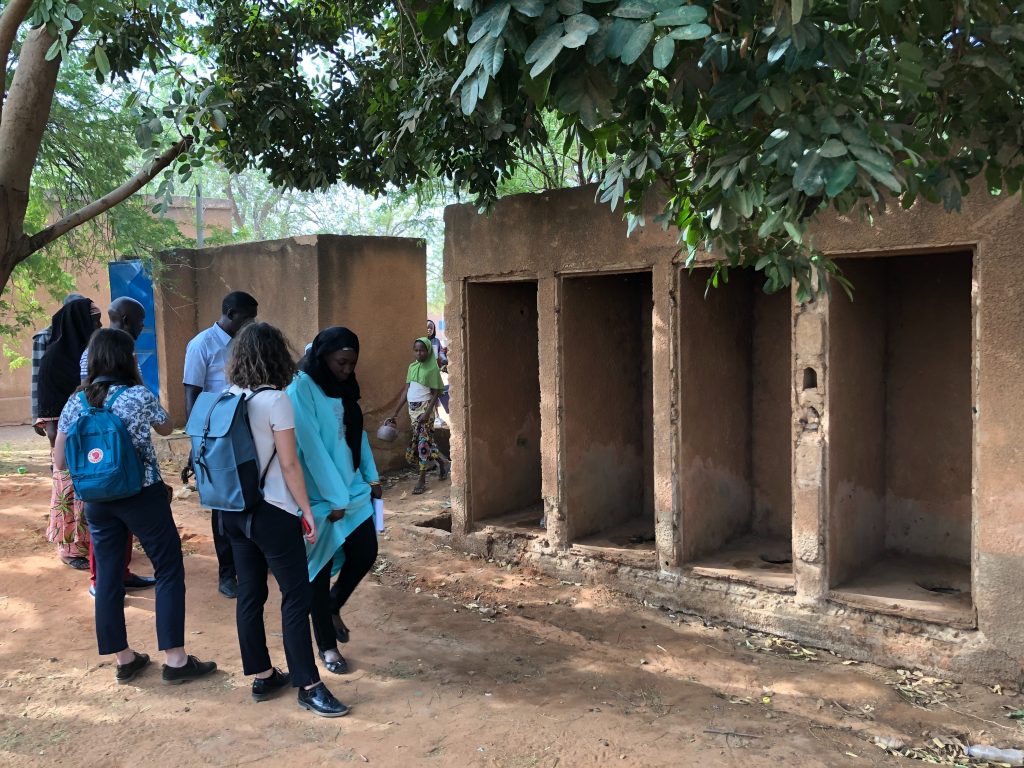
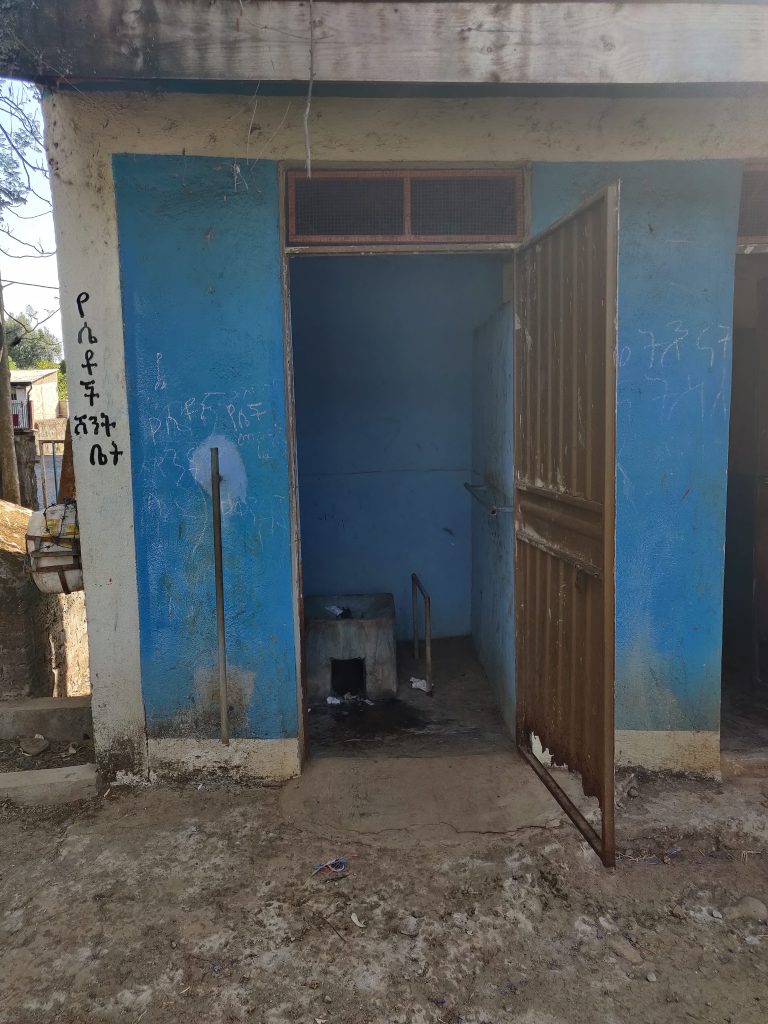
Our team also attended MHM awareness raising sessions organised by local NGOs. These target adolescent girls and boys in schools and informal learning spaces in Niamey, Adama and Bahir Dar. In interactive sessions, girls share their experience of menstruation and proper MHM practices are demonstrated. Engaging with the participants helped our team measure the high impact of the intervention. The team observed that many young girls were comfortable talking about a topic that was a strict taboo months earlier.
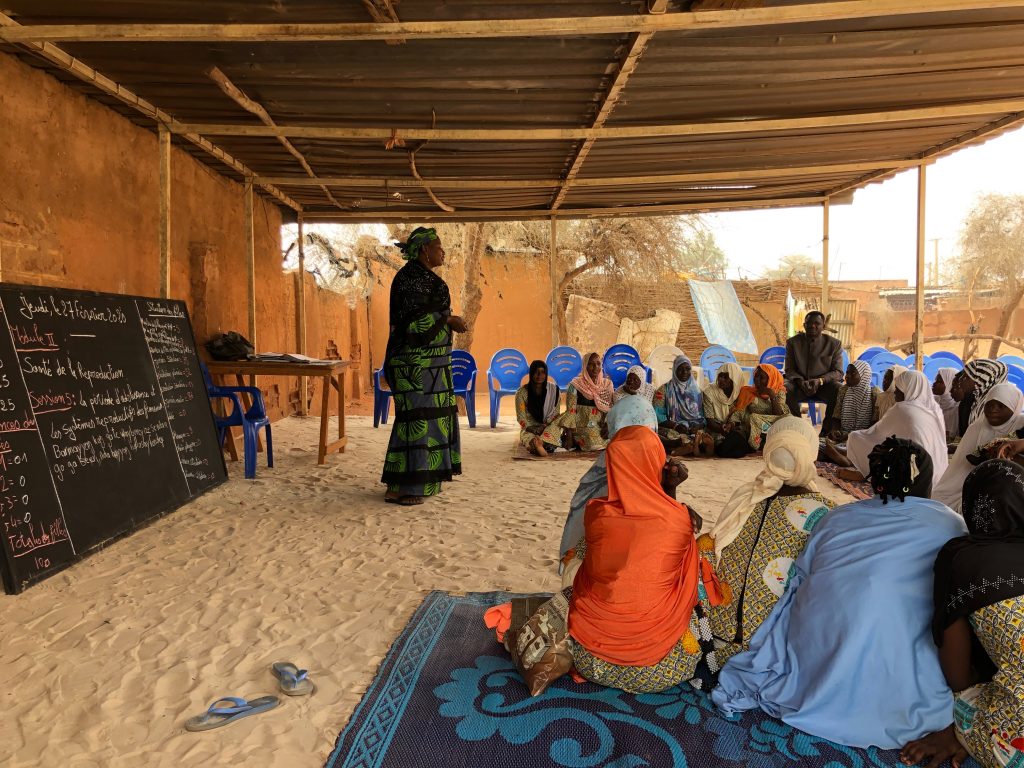
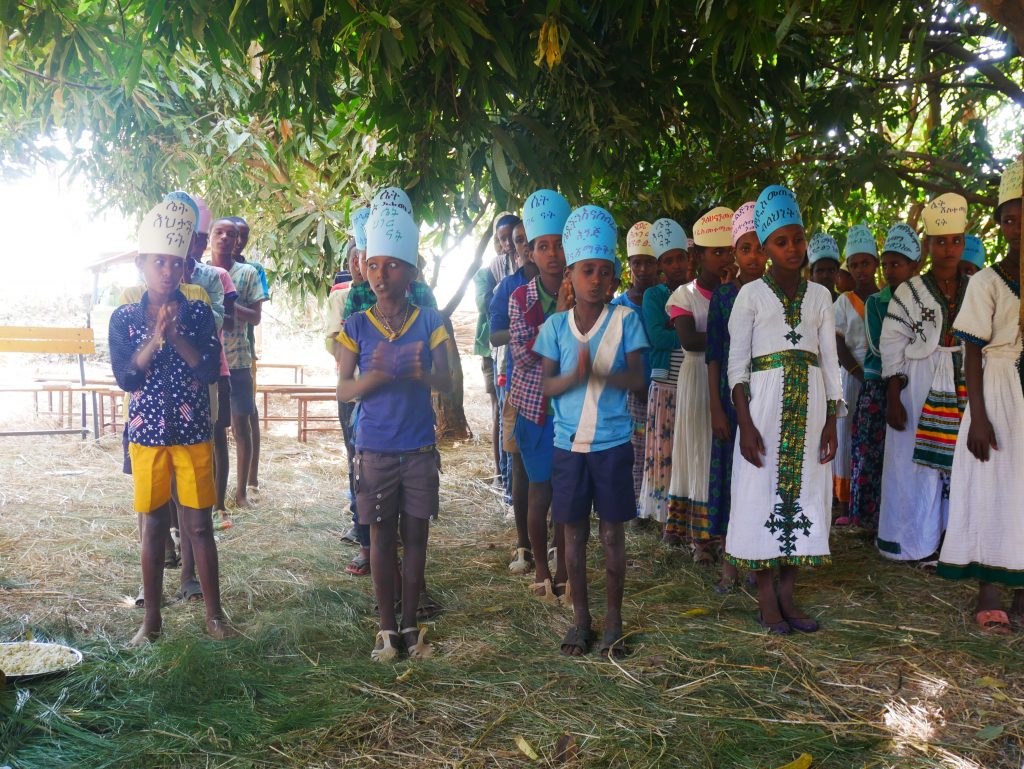
Thanks to our findings, the MHM DIB will be focusing on urban and rural areas. We expect the DIB to generate valuable learnings from MHM activities in different settings (urban, peri-urban and rural areas). These learnings will facilitate replication of successful approaches. Such results then make approaches applicable more widely across countries.
Lesson #2: an opportunity to create local and sustainable markets for sanitary products
Geographical and financial accessibility to quality hygiene products is a real problem in Niger and Ethiopia. In cities, disposable sanitary napkins are available in pharmacies or markets. However, they often remain beyond the financial means of girls and women. Fathers, who most of the time manage the budget, are also not sufficiently aware of the need for these products. Our team’s field visits confirmed that the use of local fabrics or even pieces of mattresses instead of proper sanitary products is widespread in rural as well as in urban areas. These products are often poorly cleaned and can be a source of infection. In Ethiopia and Niger, our team visited local factories, women’s associations and vocational training centers specialized in the production of reusable sanitary napkins. All organizations insisted on the need to create a sustainable market for these products and enable the development of local producers.
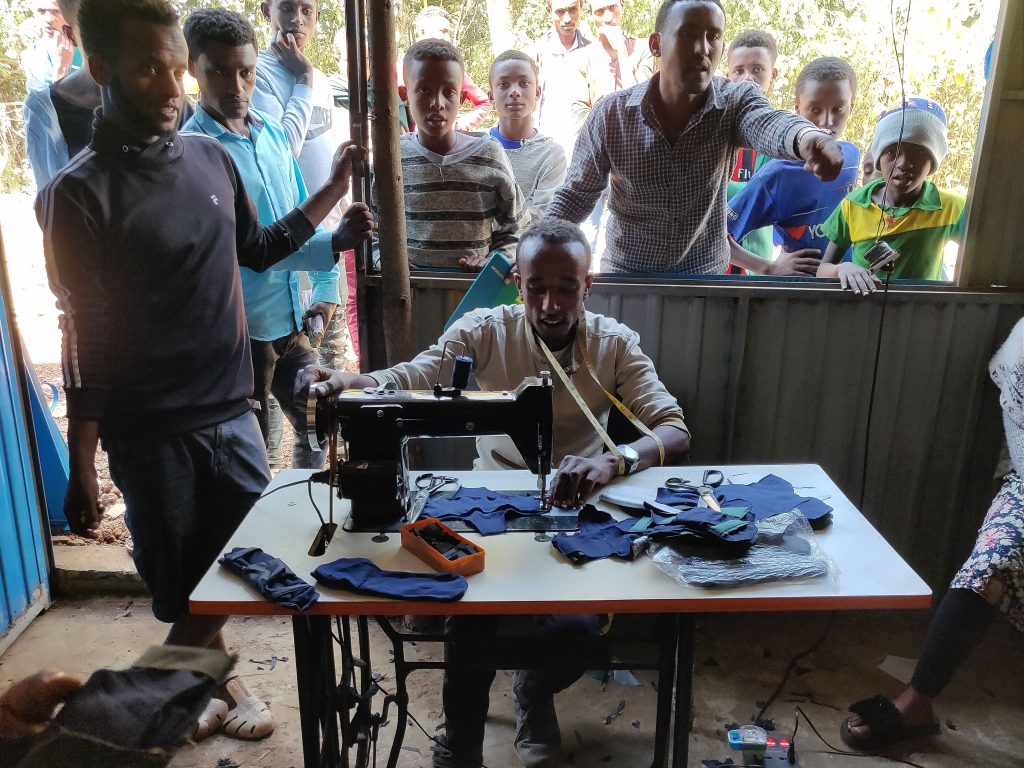
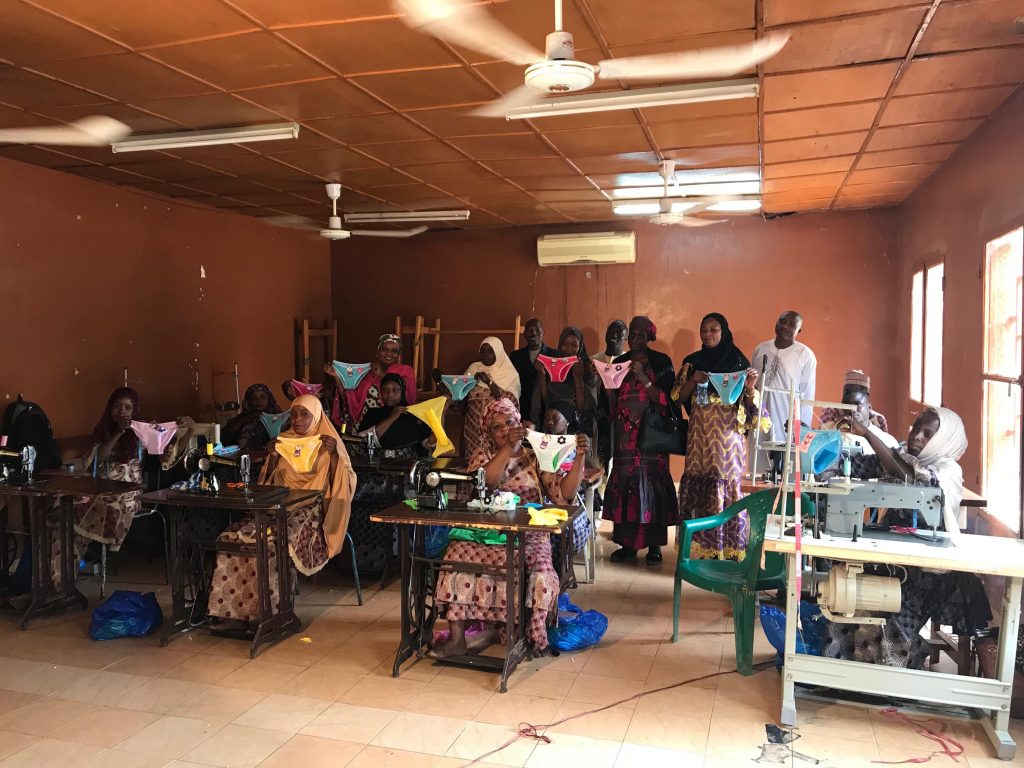
In this case, there is a clear application for innovative finance solutions. Such financing tools can help keep the sanitary products affordable while developing a market for its local producers, which can be sustained once the project phases out.
Lesson #3: lack of water is a critical obstacle to menstrual hygiene management in many localities
Niger and Ethiopia are two arid countries with limited water supply networks. The field visits confirmed that both in rural and urban areas, water was a scarce resource for many of the schools and even healthcare centres that the team visited in Niamey and Adama.
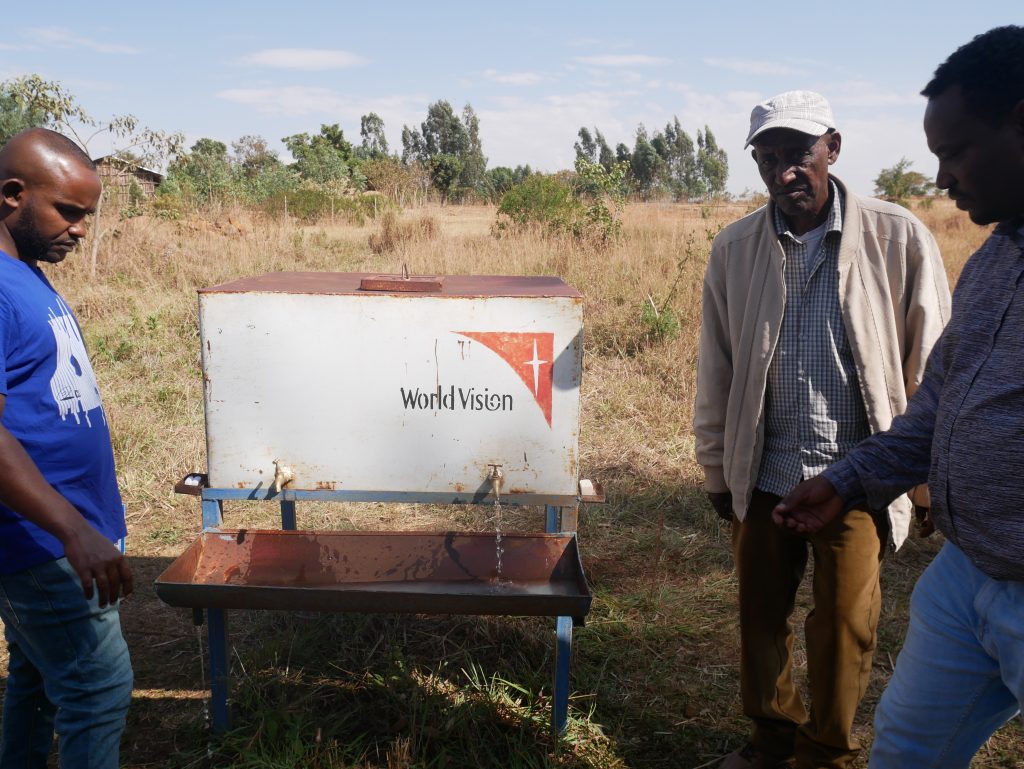
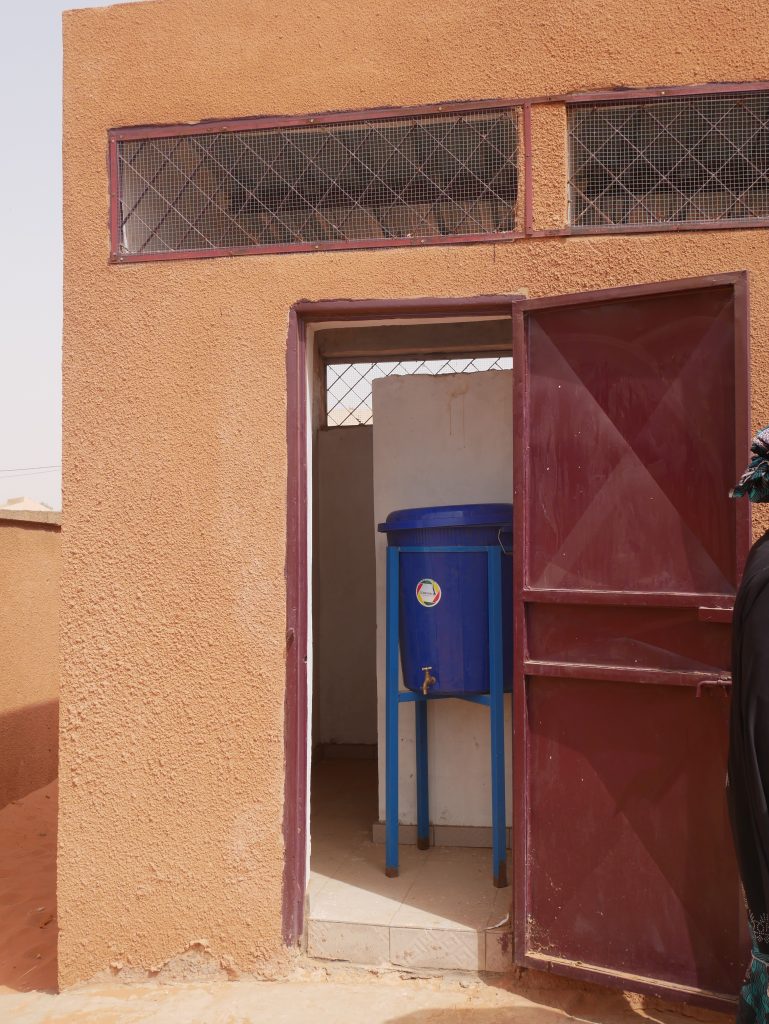
Yet, access to safe water is essential to adopt proper MHM practices, for both personal hygiene and cleaning sanitary products. It will therefore be essential to coordinate the MHM DIB project with other water supply focused development programmes, to ensure MHM interventions are deployed in areas with appropriate water access.
Lesson #4: a need for a flexible financing tool to test and learn from interventions that work
Few interventions addressing MHM holistically have been implemented in Ethiopia or in Niger. This has resulted in a lack of historical data that would show which type of interventions works best. Our field visits also revealed the wide variety of existing MHM interventions: from awareness raising sessions in classrooms to public speeches in markets or village squares; from local factories producing marketable sanitary pads to initiatives training girls to make their own products; from MHM-friendly toilets to safe rooms where girls can rest at school. One finding was clear however, these interventions bring along a great impact in making MHM less of a taboo and girls adopting safer MHM practices.
To identify the most impactful of these interventions and learn what fits each country’s needs, we need to test different approaches and assess outcomes rigorously. DIBs allow that flexibility. Unlike traditional grant funding, they do not finance pre-defined activities but pre-agreed impact objectives. This allows service providers adapt interventions to reach targeted outcomes. The rigorous evaluation of outcomes will also build a robust evidence base which will be leveraged to adapt successful interventions across the world, in countries that need it the most.


